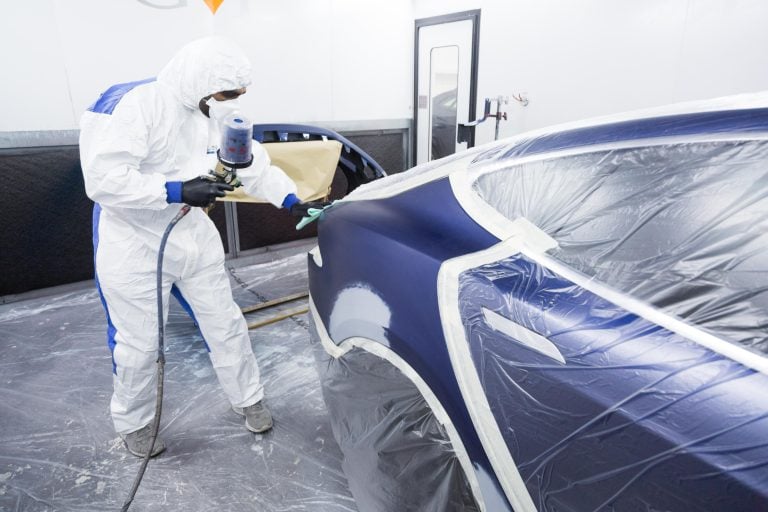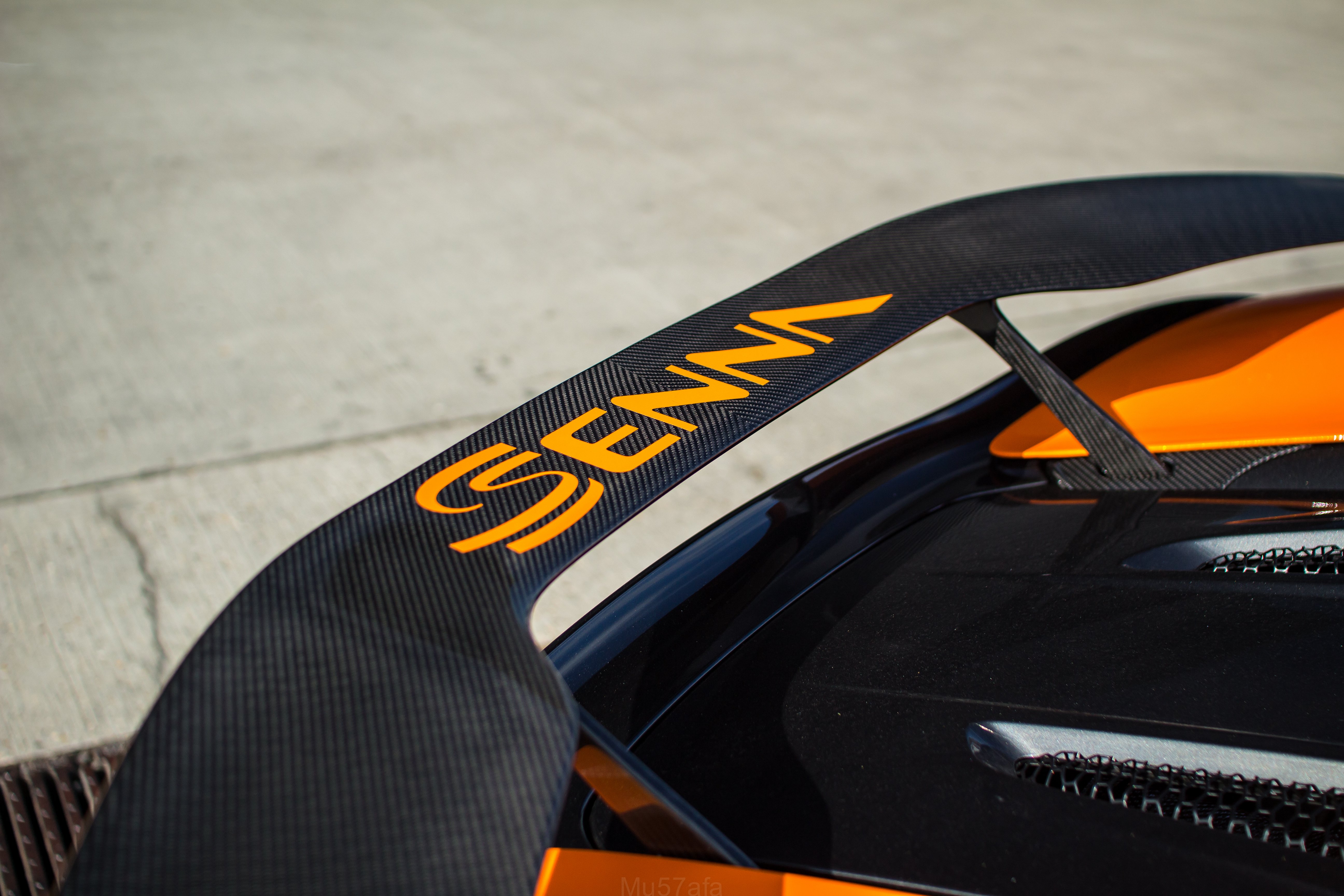- Showroom Case Studies
Left-Hand vs Right-Hand Drive: What to Consider When Importing from the UK | GVE London – Blog
Understand how left vs right-hand drive impacts UK car imports. Learn about legal, safety, resale, and cost factors before bringing your dream car home.
The global demand for top-performance vehicles is consistently on the rise, with UK car imports drawing significant attention from serious buyers, collectors, and automotive dealers. Choosing between left and right-hand drive is more than any technical aspects. It forms a critical decision impacting legal compliance, safety, total ownership experience, and the resale potential. Those who are importing vehicles across the borders should know how driving orientation influences every attribute related to the purchase. Failing to evaluate this factor appropriately leads to expensive consequences. In our post today, we will explain about the things one can assess right before importing cars from the UK.
Why Left vs Right-Hand Drive Matters in Vehicle Imports
Knowing driving orientation can help avoid legal issues and improve the driver’s safety. In the following sections, we will highlight the critical aspects that buyers should consider.
Road Compatibility in Your Country
Driving laws often differ across global regions. Nations like Canada, the USA, and most of Europe drive on the right and use left-hand-driven vehicles. Countries like Australia, the UK, and India drive on the left using right-handed drive setups. Any mismatch in such standards can create further complications, impacting safety on the road and handling the vehicle.
Importing luxury cars from the UK to the country with the opposite orientation notably restricts the overall usability. Buyers often expect effortless integration into the local driving spaces, encountering complexities like the difficulty with overtaking, obstructed mirror views, and awkward toll booth interactions. Although modifications are possible, the challenges and the cost outweigh the conveniences, mainly for first-time importers or enthusiasts lacking the accessibility to advanced modification centres.
Insurance and Resale Challenges
Vehicles with a non-standard driving orientation generally encounter a rise in their insurance premiums. Providers often consider them at high risk due to repair challenges, safety concerns, and inappropriate part layouts. Insurers often refuse coverage for imports altogether.
Resale becomes extremely problematic. The vehicles that are not configured to meet the struggles of the local market for captivating the buyers, even inside the car showroom. The high-end buyers’ demands for expert precision, convenience, and comfort, including the expected steering side. A right-hand drive vehicle across the left-hand market might require notable discounts for movement disrupting the long-term investment.
Read Also: Key Steps and Tips to Navigating the International Vehicle Import Process
Availability of Spare Parts and Servicing
The availability of parts and service issues represents the real concern, especially for the importers. The mechanics in a left-hand country might have limited knowledge of the configurations related to the right-hand drive. Fundamental repairs like the assembly of the steering, HVAC servicing, or the dashboard electronics need expert attention.
The luxury car export seldom accounts for the regional part compatibility unless it is requested specifically. This pushes the owners to depend on overseas shipments or niche suppliers, as both of them extend the turnaround times and increase costs. Shops accommodating the vehicles exist, however might not be nearby or cost-effective for routine maintenance. Importing turns even more challenging when the vehicle includes the highly advanced electronics or the performance systems distinctive to the UK models.
Legal Regulations and Compliance
Importing cars from the UK involves the clearance of safety and emission inspections that rely on the local regulations. Vehicle approval standards at times involve the left-hand drive conversions before the car is legally driven. Such conversions should be left to the hands of the certified technicians and approved by the local transport authorities.
A few jurisdictions enforce further requirements for speedometers, headlights, or emissions. Without addressing such issues, that car might fail inspection and not get insured or registered.
Driving Habits and Comfort
Several drivers become more comfortable with the configurations that they have learned. Left-hand-drive vehicles make overtaking seamless on the right side of the roads, while right-hand-drive vehicles offer the same benefit across left-hand-driving countries.
Adjusting mirrors, shifting the gears, or checking for blind spots may appear strange across a vehicle setup. This in turn becomes important while reacting quickly across a bustling traffic or steering through the tight corners. The luxury car owners expect the interactive controls and the unfamiliar layouts that diminish the overall driving experience.
Cost Implications of Conversion
Converting a right-hand drive car to a left-hand drive is technically possible; however, it is intricate. The modifications include shifting the steering rack, realigning the dashboard, reconfiguring the HVAC system, and reworking the firewall and pedal placements.
Such adjustments cost several thousand pounds and may not be sufficient to restore the original factory safety standards. They also risk damaging the resale value. That is why some might consider importing the left-hand drive models directly or choosing the countries where luxury car exports align with the domestic drive orientation.
Importing for Investment vs Personal Use
Those who import luxury cars from the UK for personal use may place a greater value on performance, aesthetics, and brand heritage than on resale. In these instances, the drive-side becomes a habitual nature and a personal choice.
But dealers or investors who plan to display their vehicles in a supercar showroom should aim for market compatibility. Cars meant for resale or display in a different region have to match the customer choices, driving rules, and legal frameworks that attract serious buyers.
Special Cases: Track Cars and Collectors
Few buyers might look past the concerns with orientation, mainly while acquiring rare supercars, hypercars, or classic cars. Track-only models or collector’s editions imported through luxury car exports never need registration for public roads. The orientation may not hinder the value of the vehicle for niche markets.
For regular road use, these vehicles encounter similar complexities in terms of visibility, insurance, and legal compliance, so decisions should be informed and not impulsive.
Conclusion
Learning the difference between left-hand and right-hand drive configurations can save money and make ownership enjoyable. Whether you are intrigued in bringing a car over to the UK, primarily bringing back a rare model or a high-end brand, consultant help is critical. GVE London provides full-service electronic with a car body shop, detailing, wrapping, paint protection, and performance upgrades. For professional advice and unmatched care, contact us today.
Frequently Asked Questions
Yes, after any collision, wheel alignment must be checked and corrected to ensure proper tire handling and wear.
Depending on the severity of the damage, the parts, and the vehicle model requirements, a good repair may take several days or even weeks.
Of course, after the repairs, a third party could check the quality of the repairs and detect any unsustainable flaws. For assistance, contact us.
Contact Us
"*" indicates required fields
OUR SERVICES
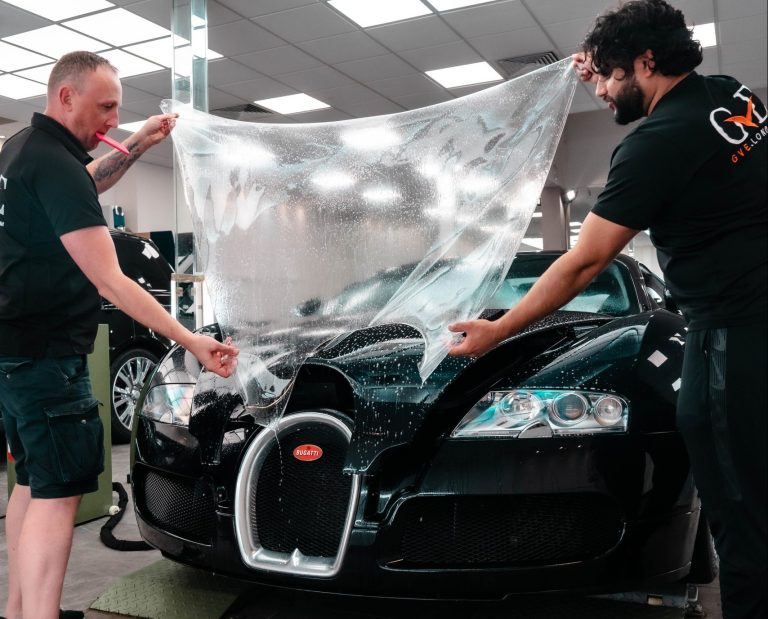
PAINT PROTECTION FILM
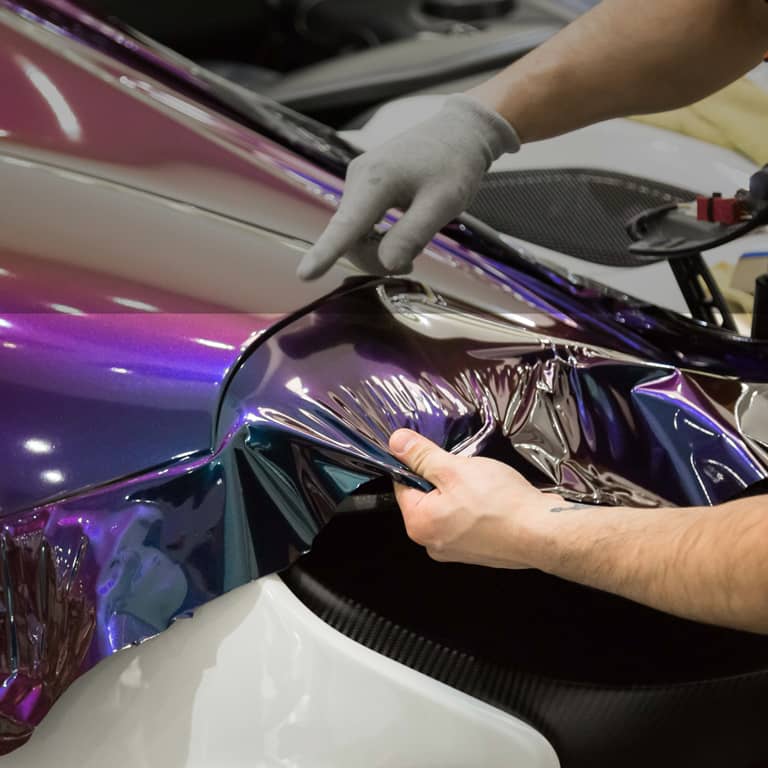
WRAPPING
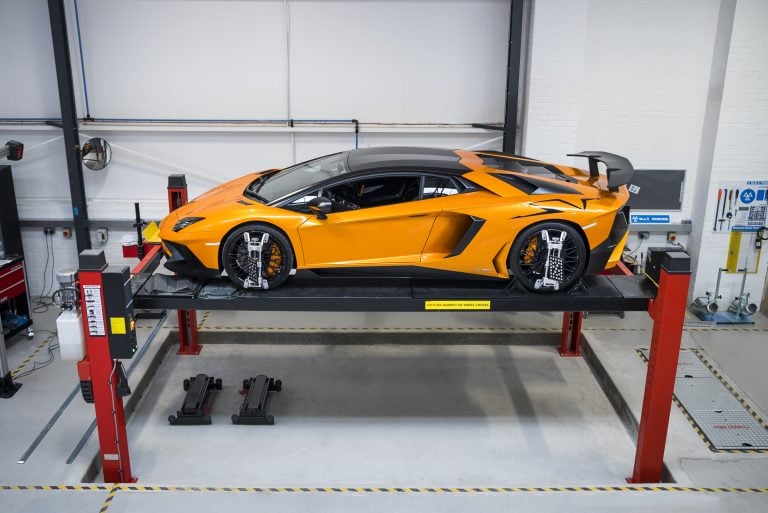
SERVICING
